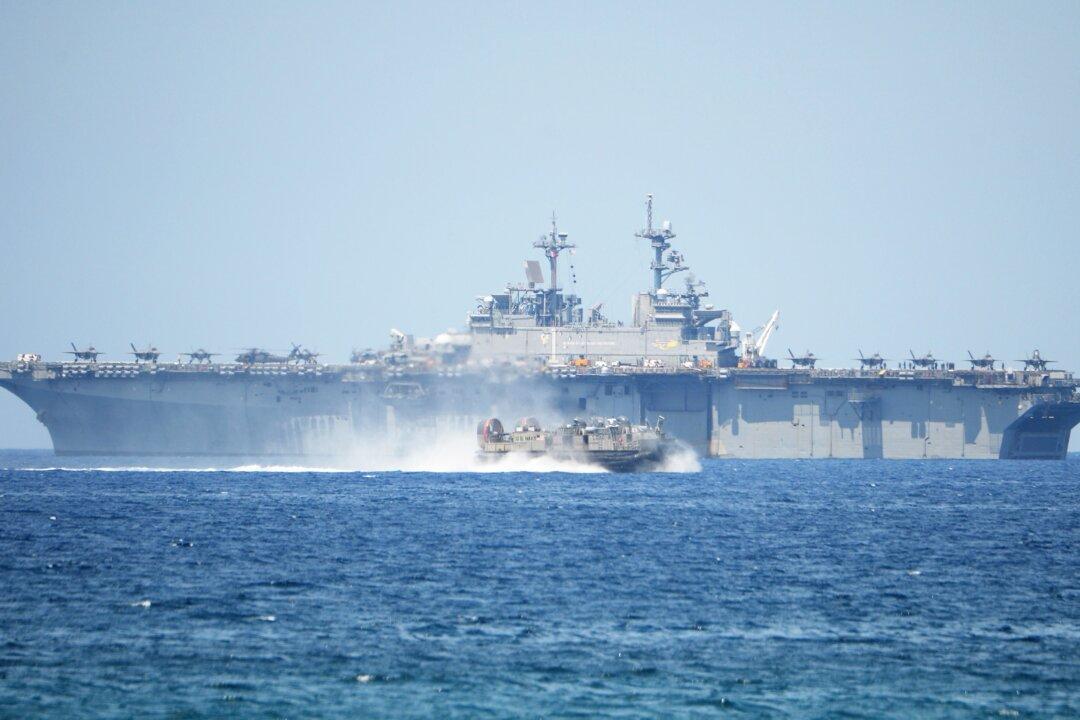Commentary
Many analysts worry the Chinese regime has the edge in a quick war to seize disputed territory. But a plan for new, small and lethal U.S. Marine units are trying to turn the tables on Beijing.

Many analysts worry the Chinese regime has the edge in a quick war to seize disputed territory. But a plan for new, small and lethal U.S. Marine units are trying to turn the tables on Beijing.